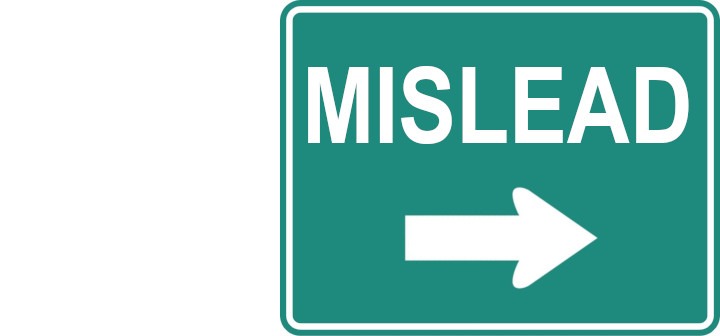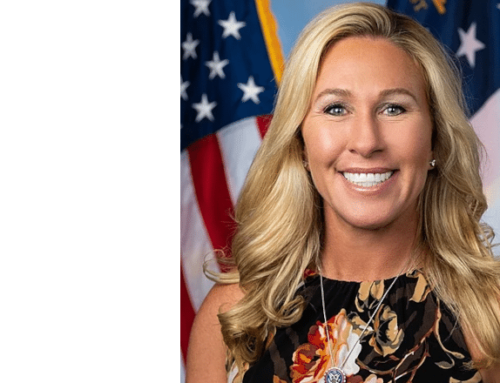Media bias is nothing new, and this is especially true when it comes to hot button issues such as abortion.
An AP-NORC poll on abortion conducted in late June, and released this week, resulted in four news stories that were picked up nationwide by various media outlets. In three of them, the headline was skewed toward a pro-choice position.
This is not unusual: reporters who write the stories generally do not write the headline. And headlines tend to be more sensationalistic. It is also true that most reporters, at least in the major media, take an abortion-rights position.
The survey was taken to see if public opinion on abortion had changed since the U.S. Supreme Court overturned Roe v. Wade last year, sending the issue back to the states to decide. Alas, not much has changed: most Americans have never wanted to ban all abortions, and most have never supported all abortions. This poll did not dispute that conclusion.
But one might never know this by simply reading the headlines. Here are three of them:
(1) “Few US Adults Support Full Abortion Bans, Even in States That Have Them, an AP-NORC Poll Finds.”
(2) “Most Americans Support Abortion Access One Year After Roe v. Wade.”
(3) “Most in US Don’t Support Full Abortion Bans, Even in States With Them.”
There was another headline, however, which conveyed a somewhat different outcome. Here is what it said:
(4) “AP-NORC Poll: Most US Adults Support Some Abortion Limits, But Few Want Full Bans.”
The news story that followed the first and fourth headlines were identical. However, the first emphasized that most Americans don’t want full abortion bans, and the fourth emphasized that most Americans want some limitations. Both are accurate but they convey different outcomes.
In both of these stories, it was reported that “only about a quarter say it should always be legal.” That finding would likely come as a surprise to those who only read the first three headlines.
Why does this matter? Because in today’s soundbite society, where few have the time or attention span to read an entire news story, headlines carry more weight in influencing public opinion than they did in times past. The public is increasingly relying on tidbits of information provided by bloggers, social media sites, and news aggregates. Thus, when the headlines are skewed—and they are almost always slanted in a liberal direction—it is easy to deceive the public.
If it is true that “what you see is what you get,” it is also true that what you get—from reading news headlines alone—is often misleading.







